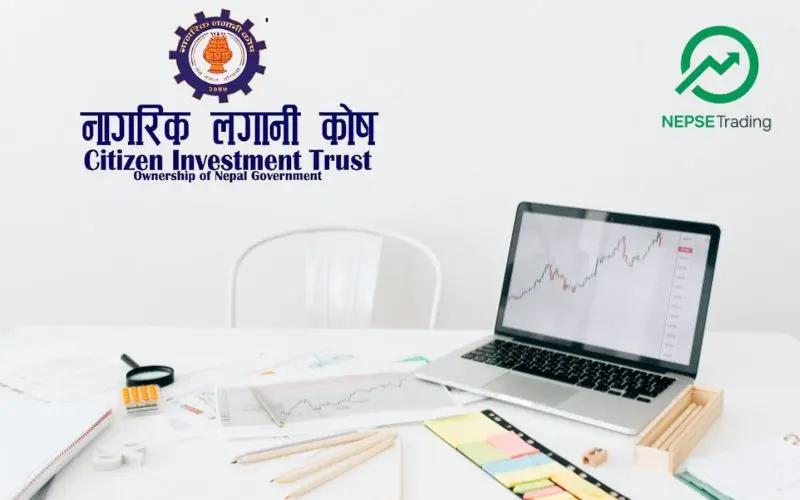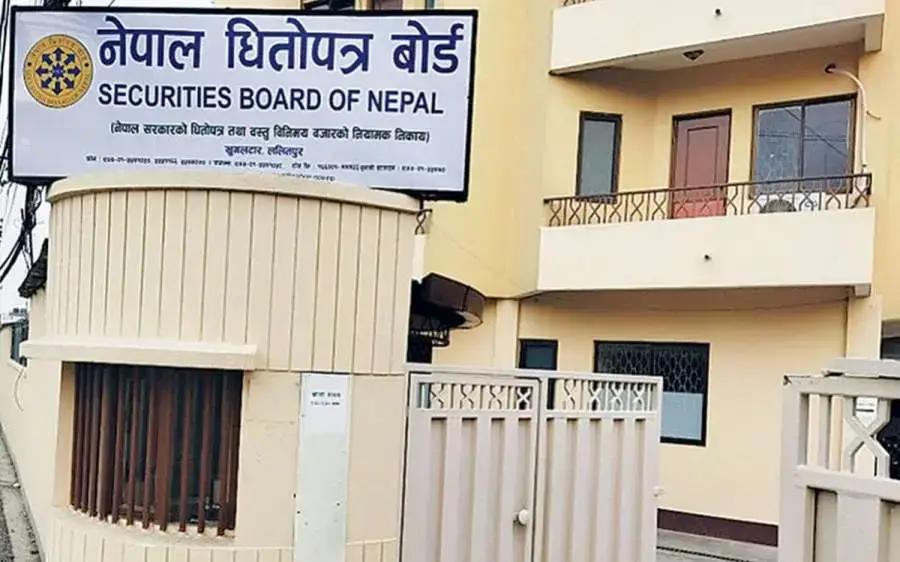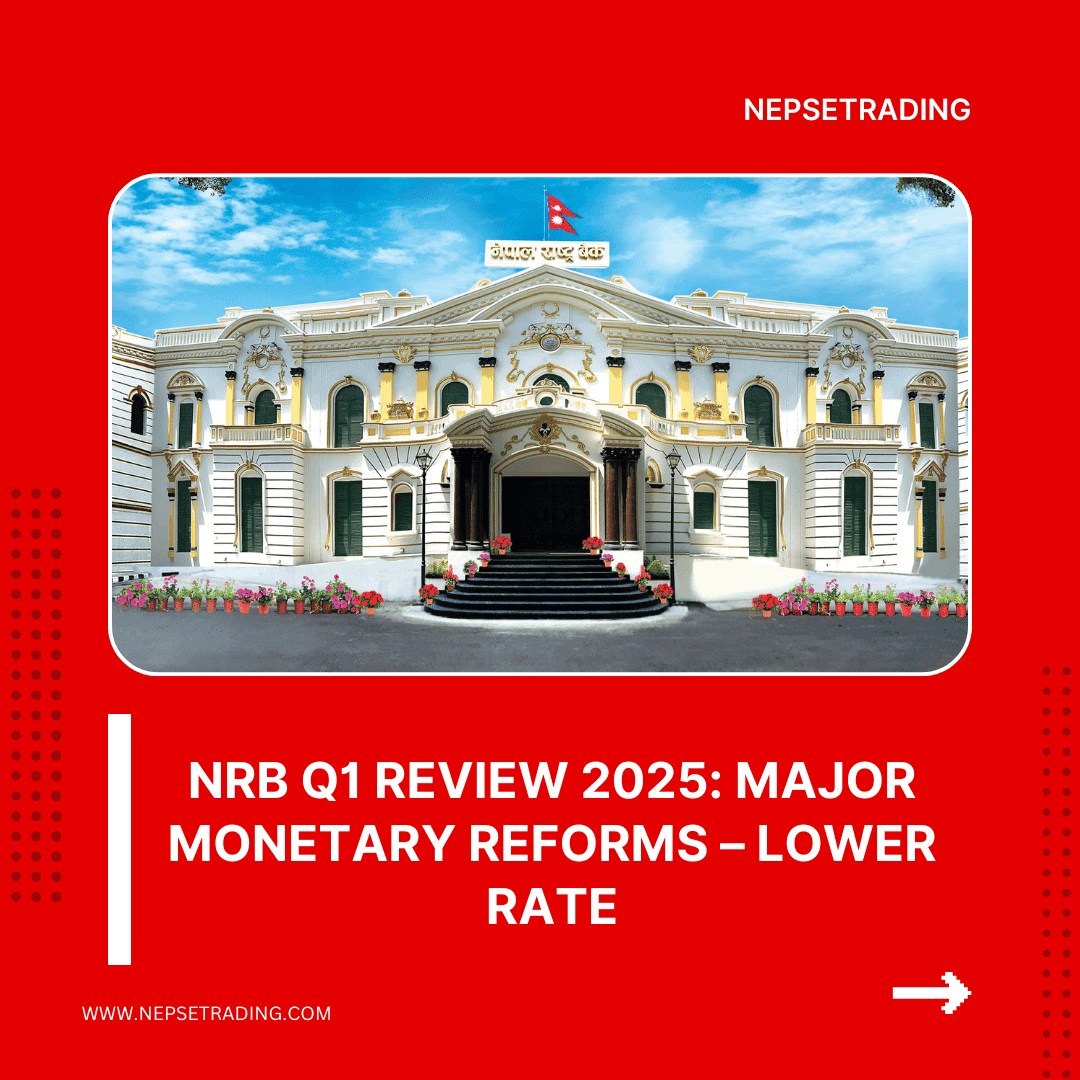By Sandeep Chaudhary
Economic Indicators Used by Professional Analysts in Nepal

Professional analysts in Nepal use a wide range of economic indicators to evaluate the health of the national economy and predict the potential direction of the Nepal Stock Exchange (NEPSE). These indicators provide crucial insights into growth, inflation, liquidity, and investor sentiment, helping analysts connect macroeconomic data with stock market performance. Understanding these indicators allows traders and investors to make decisions based on evidence rather than emotion.
The first and most important indicator is Gross Domestic Product (GDP), which measures the overall economic output of the country. A rising GDP signals economic expansion and corporate profit growth, often leading to a bullish stock market. Conversely, slowing GDP growth may indicate reduced business activity and lower investor confidence.
Inflation Rate is another key factor. Moderate inflation (around 5–6%) generally supports market growth, while high inflation erodes purchasing power and compresses corporate margins. In Nepal, the Consumer Price Index (CPI)published by the Nepal Rastra Bank (NRB) and the Central Bureau of Statistics (CBS) is the primary measure used to track inflation trends across urban and rural regions.
The Interest Rate environment, controlled by NRB through the monetary policy, directly impacts the stock market. When interest rates rise, bank deposit rates become attractive, reducing liquidity in NEPSE. Lower interest rates, on the other hand, encourage investors to shift funds from deposits into equities and bonds.
Another critical indicator is Liquidity and Credit Flow in the banking system. NRB’s data on Total Deposits, Total Lending, and the Credit-to-Deposit (CD) Ratio helps analysts determine whether there’s sufficient liquidity to fuel investment activity. High liquidity and low interbank rates generally correlate with bullish phases in NEPSE.
Remittance inflow is also a vital driver of Nepal’s economy. Since remittance supports household consumption and bank deposits, an increase in inflow often leads to better liquidity, stronger corporate earnings, and higher investor participation.
Foreign Exchange Reserves, Trade Balance, and Balance of Payments (BoP) are also regularly monitored to assess Nepal’s external sector strength. A healthy reserve position and positive BoP reflect economic stability and boost investor confidence, whereas persistent trade deficits and declining reserves signal potential risks.
Professional analysts also examine NRB’s Monetary Policy, Fiscal Budget Announcements, and Government Capital Expenditure to forecast sector-specific growth — for example, hydropower, construction, or banking.
According to Sandeep Kumar Chaudhary, Nepal’s leading Technical and Fundamental Analyst and founder of the NepseTrading Training Institute, “Economic indicators are the compass of the market. If you can read them correctly, you can predict where the market wind is blowing.” With over 15 years of banking experience and having trained 10,000+ investors, he teaches how combining economic data with market psychology helps traders anticipate trends before they become obvious.









